Beyond the Ghost in the Machine: Human-IA co-authorship in digital art, a socio-technical perspective and university educational implications
DOI:
https://doi.org/10.30972/nvt.2118424Keywords:
Artificial Intelligence, Digital Art, Higher Education, Visual Narratives, CreativityAbstract
This article critically examines the emerging issue of co-authorship between humans and Artificial Intelligence (AI) in the creation of visual and discursive narratives within digital art, highlighting its sociotechnical, ethical, and educational implications. Drawing from a multidisciplinary perspective, the text integrates Paul Ricoeur's phenomenological hermeneutics, Bruno Latour's Actor-Network Theory (ANT), and Lev Manovich's principles of new media aesthetics. The paper explores shifts in traditional notions of authorship, technological agency in creative processes, and the pedagogical implications for universities training future digital art professionals. It also addresses ethical dilemmas related to algorithmic biases and legal controversies surrounding intellectual property rights in AI-generated works. The analysis concludes that incorporating AI into creative processes necessitates critical pedagogy, curriculum updates, and clear ethical-legal frameworks to responsibly manage emerging practices of human-machine co-authorship.
References
Barthes, Roland. (1967). The death of the author. Aspen, (5–6).
Barthes, Roland. (1988 [1967]). La muerte del autor. En El susurro del lenguaje: más allá de la palabra y la escritura (pp. 65–72). Ediciones Paidós.
Boden, Margaret A. (2004). The creative mind: Myths and mechanisms (2.ª ed.). Routledge. https://doi.org/10.4324/9780203483677
Callon, Michel. (1986). Some elements of a sociology of translation: Domestication of the scallops and the fishermen of St Brieuc Bay. En John Law (ed.), Power, action and belief: A new sociology of knowledge? (pp. 196–233). Routledge.
Deuze, Mark. (2007). Media work. Polity Press.
Jenkins, Henry. (2006). Convergence culture: Where old and new media collide. New York University Press. https://nyupress.org/9780814742952/convergence-culture/
Latour, Bruno. (2005). Reassembling the social: An introduction to actor-network-theory. Oxford University Press. https://doi.org/10.1093/0199256047.001.0001
Lessig, Lawrence. (2008). Remix: Making art and commerce thrive in the hybrid economy. Penguin Press. https://www.lessig.org/books/remix/
Manovich, Lev. (2001). The language of new media. MIT Press. https://doi.org/10.7551/mitpress/1064.001.0001
Noble, Safiya Umoja. (2018). Algorithms of oppression: How search engines reinforce racism. New York University Press. https://nyupress.org/9781479837243/algorithms-of-oppression/
Ricoeur, Paul. (1983). Temps et récit. Tome I: L’intrigue et le récit historique. Éditions du Seuil.
Downloads
Published
Versions
- 2025-07-22 (4)
- 2025-07-17 (3)
- 2025-07-01 (2)
- 2025-07-01 (1)
How to Cite
Issue
Section
License

This work is licensed under a Creative Commons Attribution-NonCommercial 4.0 International License.
Les autores ceden a Nuevo Itinerario los derechos de publicidad de sus trabajos, toda vez que hayan sido admitidos como parte de alguno de sus números. Ello no obstante, les autores retienen los derechos de propiedad intelectual y responsabilidad ética así como la posibilidad de dar difusión propia por los medios que consideren.
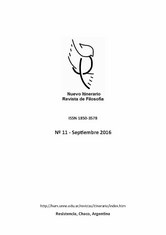




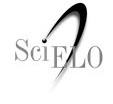


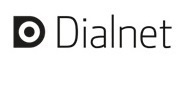
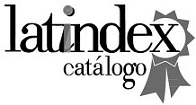
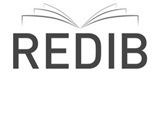

51.jpg)

